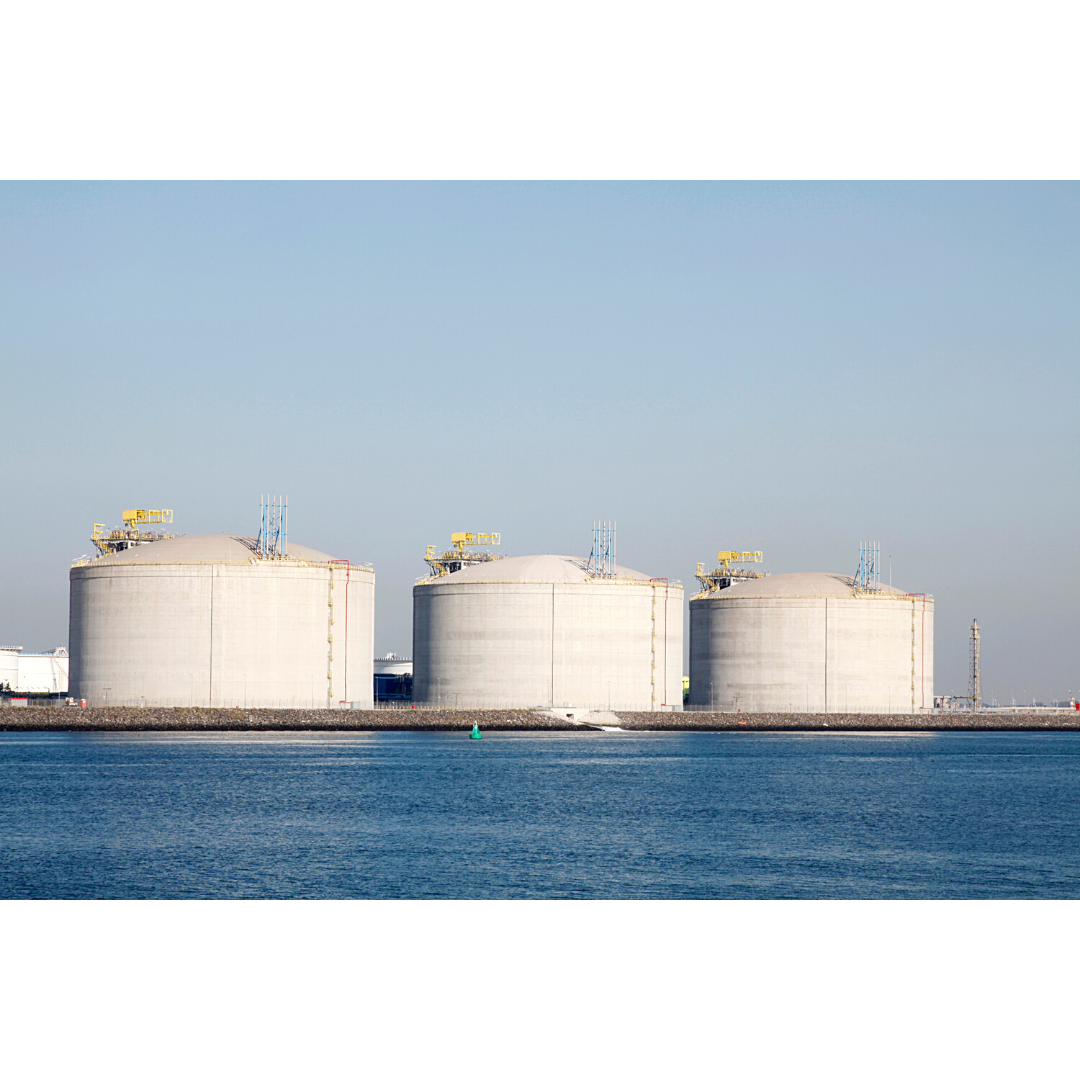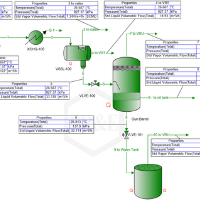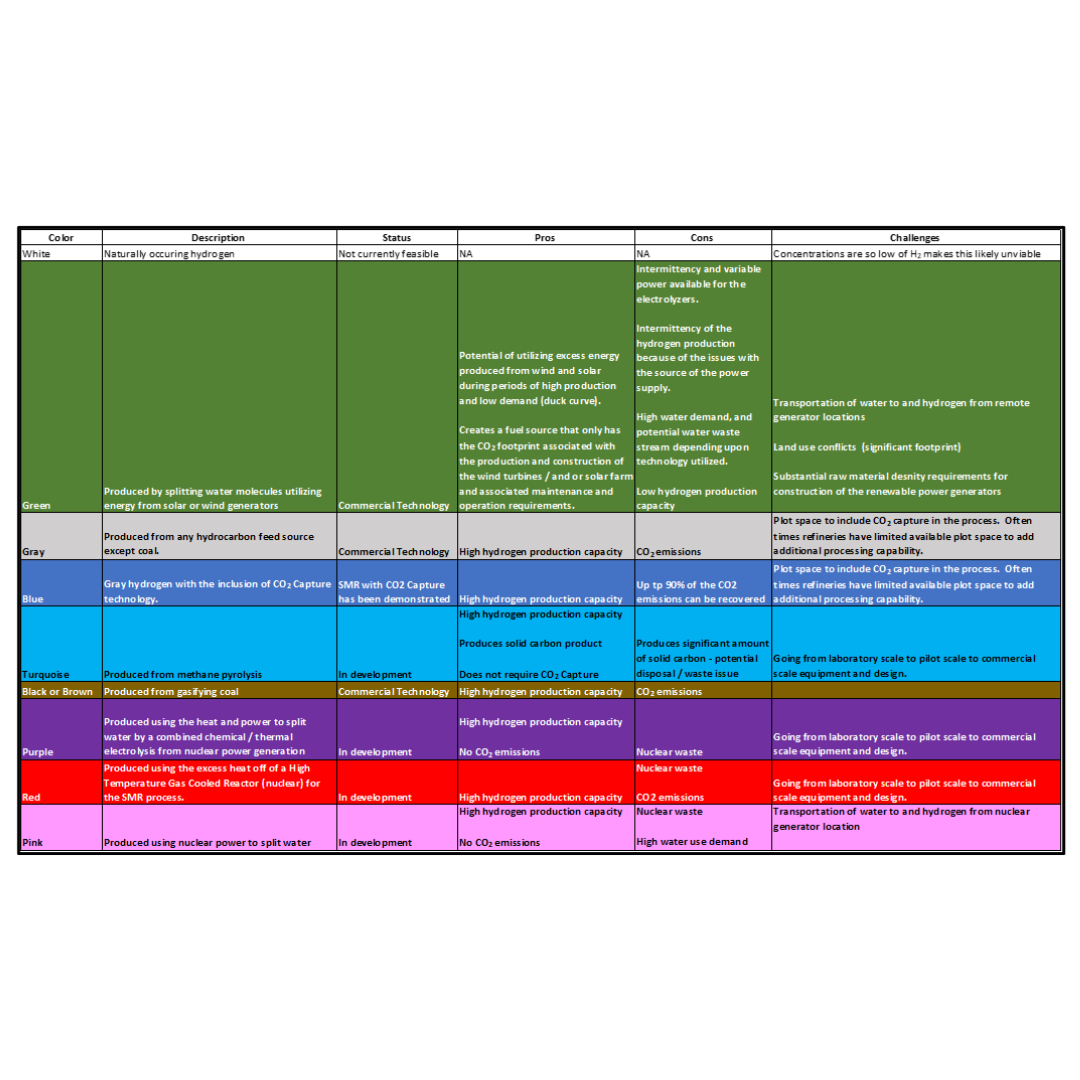MIDLAND, TX (June 1, 2021) – The Permian Strategic Partnership (PSP), PetroSkills and University of Texas Petroleum Extension (PETEX) have joined together to develop the Catalyst workforce development program, a first-of-its-kind initiative to both assess existing educational curriculums and design a platform for future standardization and workforce integration. Funded by an initial investment of $775,000 from the PSP, the program’s goal is to align industry training needs with the educational and training ecosystem’s ability to deliver those skills. [Keep reading]
Our Blog
During the COVID 19 pandemic, all face-to-face training came to a hard stop in March of 2020. As a training organization in the Oil and Gas Industry with a large offering of face-to-face training courses, we were faced with a significant challenge to quickly convert our course offerings to virtual delivery. Our success in the conversion of the materials to be appropriate for virtual delivery, as well as the training of our instructors to deliver this content virtually was key to our financial stability this past year. As an organization serving the industry, we feel that it is important for us to share our lessons learned on this journey to help others currently working on the path of virtual training delivery options for their own companies. This Tip of the Month will discuss tips for tools, methods, materials, and structure that can be used to create successful virtual training options. [Keep reading]

The base material for the tank containing the liquid gas (such as LNG) at below -165°C (-265°F) must remain ductile and crack resistant with the highest level of safety. The material must also permit welding without any risk of defects, for example, induced brittle fracture. Stainless steels, aluminum and 9% nickel steels can be used as they do not have a ductile/brittle transition temperature. However, in practice aluminum and stainless steel have become uneconomic for large land-based tanks but aluminum alloys are used for the large spherical tanks in gas tankers because of the lower weight. 9% nickel steel provides an attractive combination of properties at a moderate price. A high corrosion resistance is not required for LNG tanks. Steels alloyed with nickel are used in many cryogenic applications since nickel improves the quench ability and improves the notch toughness at low temperatures. Steels with 3.5% nickel, 5% nickel and 9% nickel are used at temperatures below -50°C. At temperatures below -104°C down to -196°C (-155°F down to -320.8°F) mainly the 9% nickel steels are used. The 9% nickel steel was developed in the early 40s following the “The Disaster of the Cleveland East Ohio Gas Explosion” in 1944. To learn more, please read this TOTM that discusses the incident in 1944 and the changing the metallurgical requirements for LNG Containment Tanks as a result. [Keep reading]
The theory of well testing begins with an understanding of fluid flow in porous media. In this article, the continuity equation, Darcy’s law, and equation of state for a slightly compressible liquid are used to develop the diffusivity equation, describing single-phase flow of a slightly compressible liquid. [Keep reading]
This article gives an introduction to the three basic parts of production sharing contracts - cost recovery, division of the “profit oil”, and royalty and income taxes. [Keep reading]

Continuing the March 2021 Tip of the Month, this tip presents the computer simulation results for an oil production facility with a high watercut. [Keep reading]





